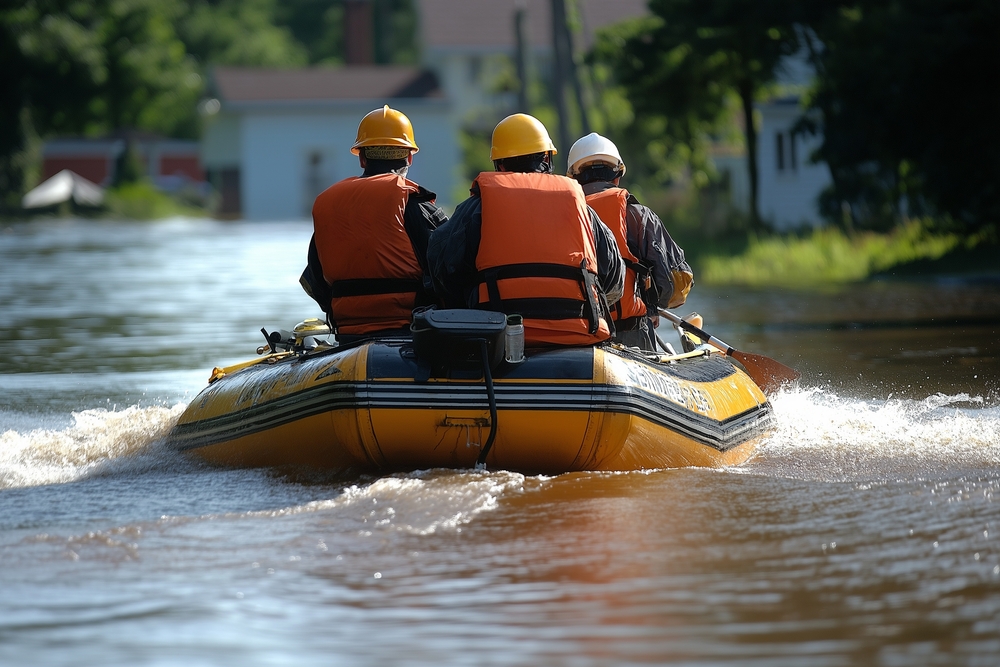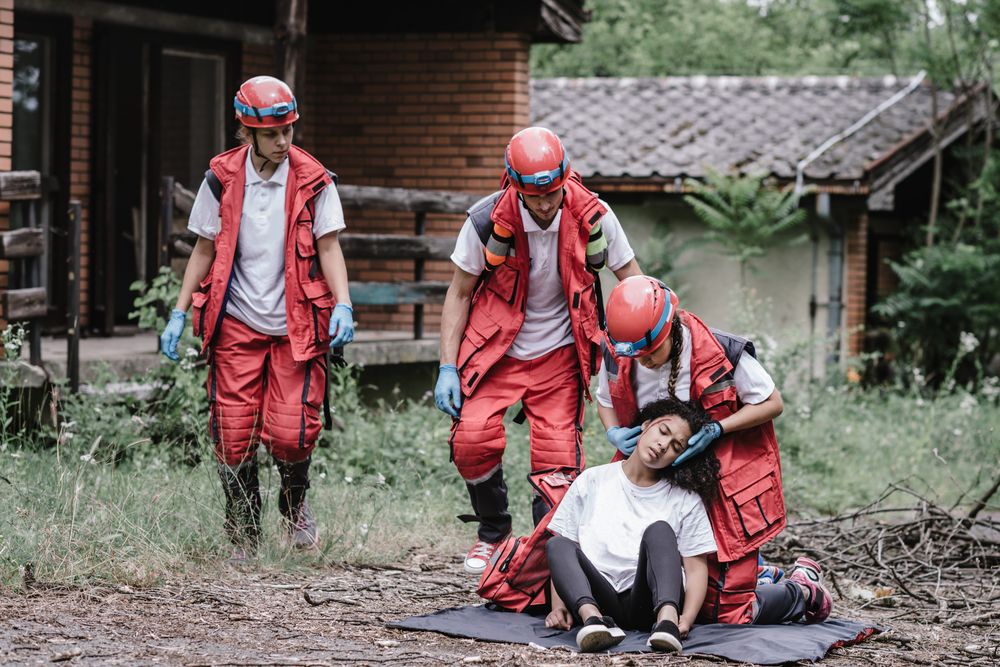Disasters can occur across the world at any time and can significantly impact people, land, and property. Disaster relief is vital work to manage all types of disasters and recover people and places that have been affected. This work is pivotal to aiding anyone affected by disasters and is the reason why emergency appeals occur, so communities can come together to raise funds and help those in need. Appeals such as the Palestine emergency appeal, are vital for keeping disaster relief work going.
Alongside this, technology has become an essential tool in aiding disaster relief and management. Technology has grown significantly over the years and can take on the challenges people are faced with in disaster relief. Without it, managing and recovering can be difficult and tech allows the disaster relief industry to thrive. Learn more about how technology helps in disaster relief and recovery below.
What is disaster relief and recovery?
Disaster relief and recovery aim to reduce vulnerabilities that come with disasters. It focuses on enhancing resilience and managing the disaster’s overall impact. Disaster management plays an important role in this to create action plans for when disasters strike.
Disaster relief is typically broken into three phases:
- Actions taken before in preparation for a disaster
- Actions taken during the disaster
- Actions taken after the disaster.
Each phase uses tools and technologies to aid the work.
Types of disasters
There are many types of disasters that can occur anywhere and at any time. They are not all the same, meaning communities, states, and regions must be prepared for various disasters. The types of disasters are:
- Natural disasters such as floods, wildfires, droughts, and earthquakes etc
- Terrorist attacks
- Human-made hazards such as riots, violent crime, industrial or technological incidents, and wars
- Cyberattacks
- Disease pandemics
- Chemical spills.
Technology’s role in disaster relief
Within every type of disaster and each phase, technology is used to help manage, control and recover from disasters. Tech makes disaster relief easier and quicker, allowing humans to focus on what really matters, helping others.

Advanced hurricane and tropical forecasting
Technology plays a huge part in preparing for and enduring hurricanes and tropical cyclones. A mixture of technology, forecasting tools, and observational methods are used to best manage and prepare for these disasters. These are extremely useful in predicting size, structure, intensity, and landfall.
For hurricanes, buoys, radars, ships, aircrafts, satellites, and land-based platforms collate the information for tracking and predicting them. Tropical cyclones are tracked and predicted via the ocean and satellite.
Seismograph
A seismograph records the ground motion during an earthquake. At the moment, earthquakes can’t be predicted as accurately as other natural disasters. However, they can be estimated through data, probabilities, and forecasts using seismic activity.
Software’s
Software is used in the majority of disasters. These all help to prepare and respond to disasters appropriately and are useful pieces of tech that give the disaster relief industry valuable insights. Some of the software used are:
- GNOME: General NOAA Operational Modeling Environment is used during oil and toxic chemical spills. It predicts how pollutants will move and spread.
- CAMEO: Computer-Aided Management of Emergency Operations is a suite of environmental tools to help in preparing and responding to chemical and oil emergencies.
- CAFÉ: Chemical Aquatic Fate and Effects allows responders and analysts to assess the harm to marine life from oil or chemical spills.
- DEXTER: Detection of explosives and firearms to counter terrorism is a new way to detect firearms and explosives in high-traffic areas.
Virtual reality
To prepare for disasters, responders need to have appropriate training to handle intense situations. Training has been limited in past years which only focused on creating drills and emergency training scenarios. Now, with new technology, virtual reality can aid with training as it provides people with lifelike representations of disasters. VR can also cover many various disasters to help train in different scenarios.
Mobile apps
Mobile apps are a key part of disaster relief work and preparing for disasters. There are plenty of mobile apps devoted to emergency alerts and responses that cover various countries to keep people updated and prepared for disasters. Within these apps, people can access weather alerts and safety tips as well as key information.
Social media
Social media is pivotal in helping with disaster relief. It aids with monitoring, responding, and recovering when disasters occur. Facebook has a natural disaster page that gives information and updates on developing situations. This platform also has check-in pages for people to keep their friends and family updated about their safety. You can also donate to causes to help disaster relief work via Facebook.
Drones
Drones are an effective way to survey damages to areas that have been impacted by disasters. These are used before human emergency response teams are called in to give them an idea of what they are dealing with and help direct the teams to the correct places for those most in need. Drones can help to locate survivors and gather useful footage to plan the best route of rescue.
Drones can also scan and create 3D maps of buildings to be used by rescue teams. This helps teams gauge the building’s safety and structural state.
GPS tracking
GPS tracking is key for teams to find the best route to help people during and after a disaster. GPS can prevent them from entering directly into the disaster by showing which roads have been compromised and which can still be used.
Technology is vital within disaster relief work and can make preparation and incidents easier to manage, as well as quicker. Tech leads each stage of the process and guides relief teams and the general public on what to do, how to be prepared, and how to recover from a disaster. Tech reduces the task load so humans can focus on what’s important, helping others.


